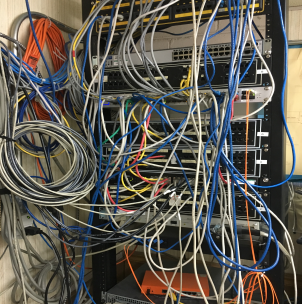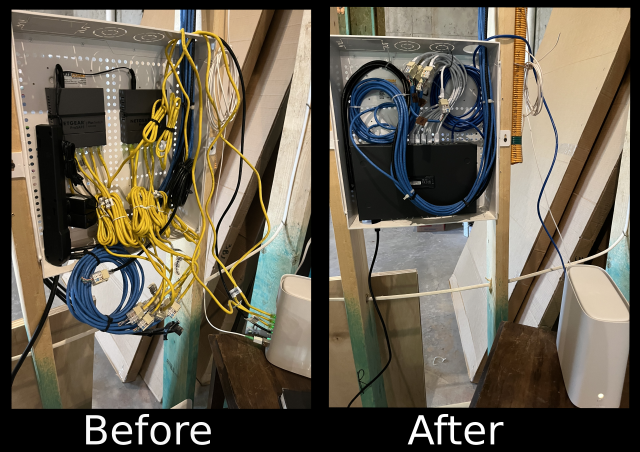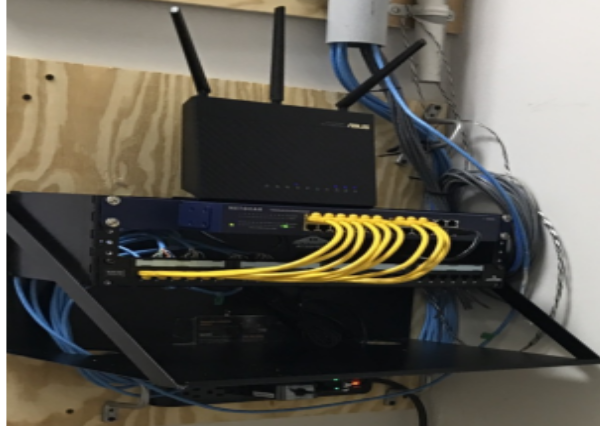
Routers & Modems
Networks come in all sizes.
It may be as simple as a modem/router connected to the Internet with WiFi.
Or it may be more complex local area network in a home or office.
Call me; I can suggest options that best suit your need.
If you need help with your home or small office network.
Call me.
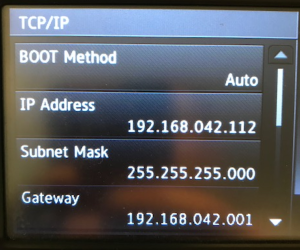
Everything is in the Numbers
The Internet works something like a contact list.
We look up a person's name, tap a button and call/text the person.
But, if the number is wrong we get the wrong person, or no one at all.
I can help find the right number, call me.
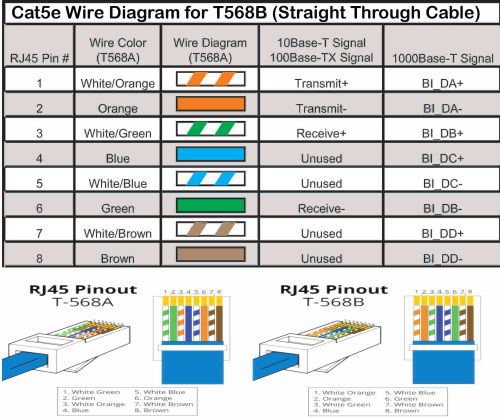
Patch & Wiring Connections
One frequent problem is the wiring pattern is incorrect or the connections are not completed properly.
The T-568A and T-568B patterns are not interchangeable.
If one pattern is used at one end, and the other pattern is used at the other end, the network or computer will not work.
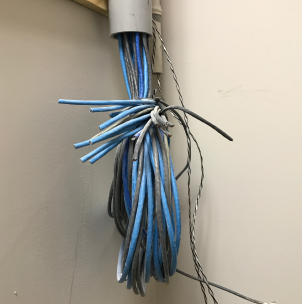
Structured Wiring
You have a bunch of wires and you don't know what to do with them, or where they go.
Remain calm, and don't worry; that is not a problem.
Give me a call. I will sort them out, find where they go, and help you get your network up and running.





